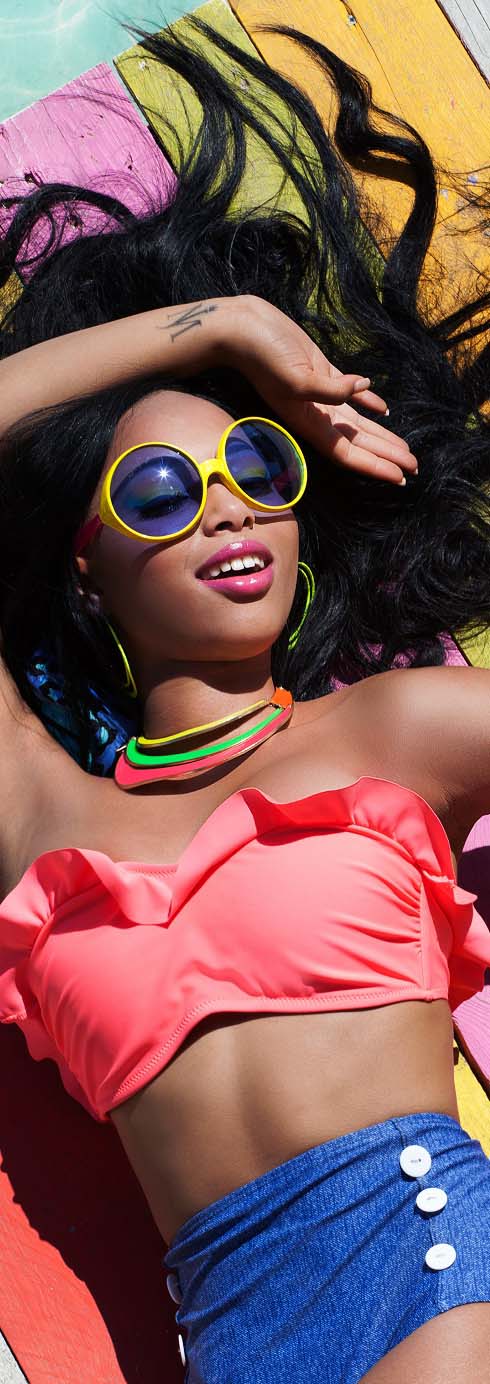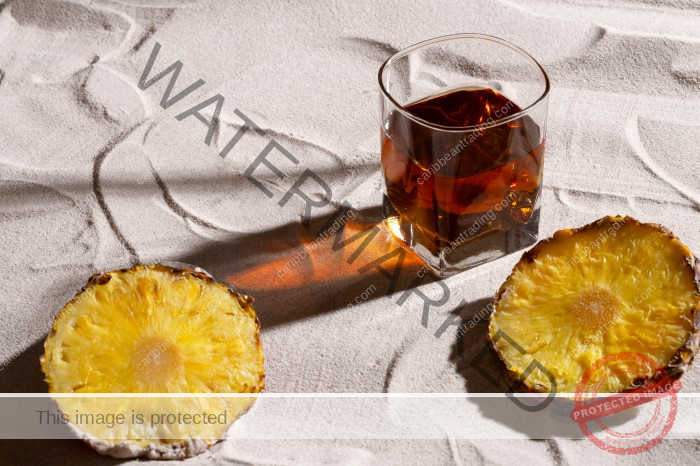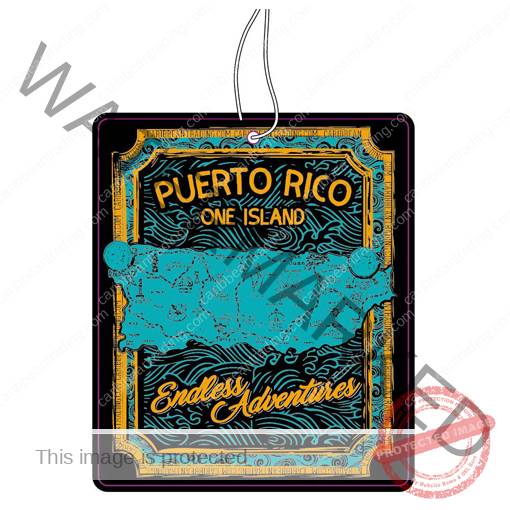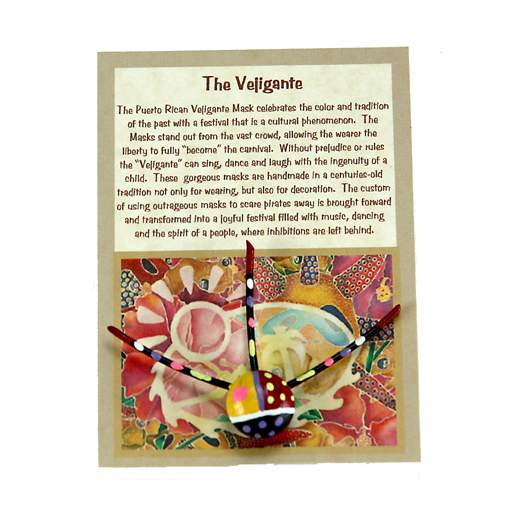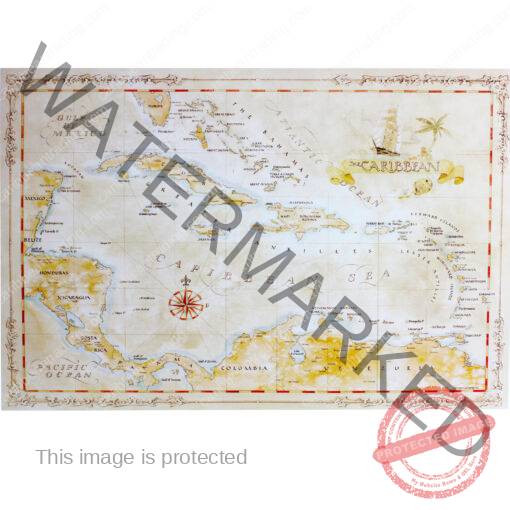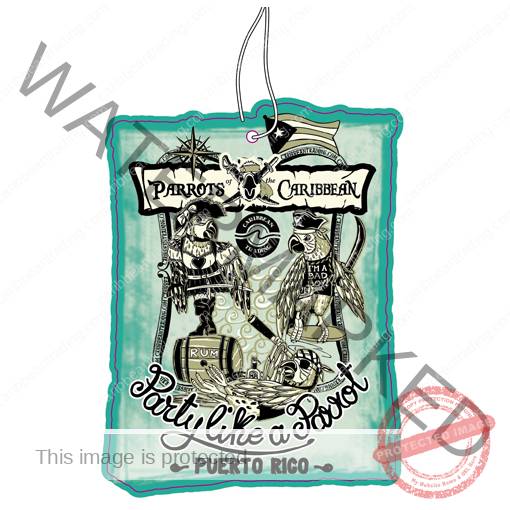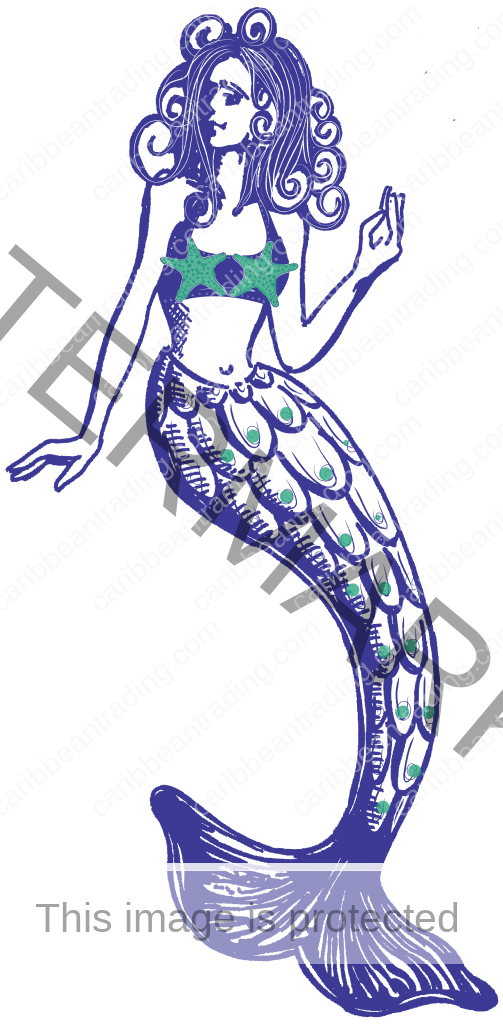Cocktails
Caribbean Rum 101: A Cocktail Lover’s Guide
Caribbean rum is more than just a spirit—it’s a reflection of centuries of tradition, colonial history, cultural identity, and island lifestyle. For cocktail lovers, understanding Caribbean rum opens the door to a world of bold flavors, tropical aromas, and endless mixology creativity. This guide will walk you through the essentials of Caribbean rum, from its origins to how to best enjoy it in cocktails.
The Birthplace of Rum: Caribbean Origins
Rum’s roots lie deeply embedded in the Caribbean, where sugarcane thrived under the tropical sun. By the 17th century, European colonists discovered that the byproduct of sugar production—molasses—could be fermented and distilled into a potent spirit. Enslaved Africans, who were forced to work on these plantations, played a vital role in developing early rum-making techniques.
Over time, each island developed its own style and identity. Whether it’s Barbados, Jamaica, Cuba, or Puerto Rico, each territory continues to put its own signature twist on rum production, blending old-world influence with local innovation.
Understanding the Types of Caribbean Rum
To appreciate Caribbean rum in cocktails, it’s important to understand the main types:
White Rum
Also known as light or silver rum, white rum is usually aged briefly and filtered to remove color. It has a mild, clean flavor, making it perfect for cocktails like the Mojito, Daiquiri, and Piña Colada.
Gold or Amber Rum
This rum has a richer flavor due to moderate aging in oak barrels. It’s slightly heavier than white rum, with subtle vanilla and caramel notes. Gold rum works well in cocktails that require more depth, like the Mai Tai or Rum Punch.
Dark Rum
Dark rum is aged longer, often in charred barrels, and features bold notes of molasses, spice, and oak. It’s excellent for full-bodied cocktails such as the Dark ‘n’ Stormy or Rum Old Fashioned.
Spiced Rum
Spiced rum includes added flavors like cinnamon, clove, and vanilla. It’s typically made from gold rum and is especially popular in tiki-style drinks.
Overproof Rum
Overproof rum is much stronger than standard rums, sometimes exceeding 75% ABV. It’s used in small quantities in cocktails for a boozy punch or a fiery float on top of tropical drinks.
Rum-Producing Caribbean Islands to Know
Each Caribbean island brings unique characteristics to its rum, influenced by heritage, climate, and production methods. Most of these places have amazing resorts and hotels when you can enjoy a nice day of sunbathing, play casino games from the comfort of your room with sites like non-GamStop and drink these beautiful rum-produced cocktails!
Barbados
Often credited as the birthplace of rum, Barbados is home to some of the most balanced and refined rums in the world. Brands like Mount Gay and Foursquare are renowned for their complex aging processes and sophisticated blends.
Jamaica
Jamaican rums are bold and funky, thanks to traditional pot still distillation and the use of “dunder” in fermentation. Expect high-ester rums with notes of overripe banana, spice, and tropical fruit. Famous names include Appleton Estate and Hampden Estate.
Puerto Rico
Puerto Rican rum is smooth, light-bodied, and highly regulated by law. It must be aged for a minimum of one year. Brands like Bacardí and Don Q are staples in classic cocktail bars around the globe.
Cuba
Although Cuban rum can be harder to access due to trade restrictions in some countries, it’s known for being dry and elegant. Havana Club is Cuba’s most famous export, featured in Mojitos and Daiquiris.
Martinique and Guadeloupe
These French Caribbean islands produce agricole rum (rhum agricole), made directly from sugarcane juice rather than molasses. This style has grassy, vegetal notes and is prized in cocktails like the Ti’ Punch.
How Caribbean Rum is Made
Caribbean rum is typically made from either sugarcane juice or molasses. Here’s an overview of the process:
Fermentation
Yeast is added to the sugar source (molasses or juice), kickstarting fermentation. The resulting “wash” contains low alcohol and is ready for distillation.
Distillation
The wash is distilled using either pot stills or column stills. Pot stills yield richer, more flavorful rums, while column stills produce lighter, cleaner spirits.
Aging
Rum is aged in wooden barrels, usually oak. Tropical climates accelerate the aging process, producing deeply flavored spirits in less time than colder regions.
Blending and Bottling
Before bottling, many rums are blended to create consistent flavor profiles. Some producers add caramel coloring or sweeteners, while others offer “pure” expressions.
Caribbean Rum in Classic Cocktails
Caribbean rum plays a starring role in some of the most beloved cocktails in the world. These are just a few classics every cocktail lover should know:
Daiquiri
Originating in Cuba, the Daiquiri is a simple blend of white rum, lime juice, and sugar. It’s refreshing, tart, and showcases the rum’s crisp character.
Mojito
Also Cuban in origin, the Mojito combines white rum with fresh mint, lime juice, sugar, and soda water. It’s a crowd-pleaser and a summer essential.
Piña Colada
Puerto Rico’s signature cocktail, the Piña Colada, is a tropical mix of white rum, coconut cream, and pineapple juice. Creamy, sweet, and easy to love.
Rum Punch
A staple across the Caribbean, Rum Punch recipes vary by island but typically include rum, citrus juice, grenadine or syrup, and a dash of bitters.
Mai Tai
A tiki icon, the Mai Tai blends rum with lime juice, orgeat (almond syrup), and orange liqueur. Using a mix of light and dark rum creates depth and complexity.
Dark ‘n’ Stormy
This Bermudan-born cocktail mixes dark rum with ginger beer and lime. It’s spicy, sharp, and stormy in both taste and name.
How to Taste and Appreciate Rum
While rum is often used in mixed drinks, it also deserves to be sipped and appreciated like fine whiskey or cognac.
Use the Right Glass
A tulip-shaped glass concentrates the aromas. Swirl the rum gently and take a whiff before sipping.
Assess the Color
Darker rums have likely spent more time aging in barrels. Look for golden or mahogany hues.
Taste with Intention
Take small sips and let the rum coat your tongue. Notice the flavors—vanilla, oak, spice, tropical fruits, or caramel? Each note tells a story.
Creating a Rum-Based Home Bar
Cocktail enthusiasts can start building their Caribbean rum collection with a few essential bottles:
- White rum for light cocktails (e.g., Bacardí Superior or Don Q Cristal)
- Gold rum for tropical punches (e.g., Mount Gay Eclipse)
- Dark rum for rich tiki drinks (e.g., Myers’s or Plantation Original Dark)
- Spiced rum for seasonal cocktails (e.g., Sailor Jerry or The Kraken)
- Overproof rum for bold floats (e.g., Wray & Nephew White Overproof)
Don’t forget fresh citrus, simple syrup, bitters, and tropical juices to mix things up.
Rum and Caribbean Culture
Rum is more than a drink—it’s woven into the social and cultural fabric of the Caribbean. From harvest festivals and carnivals to beach gatherings and religious ceremonies, rum often plays a central role.
In many islands, rum is offered to ancestors or spirits in Afro-Caribbean spiritual practices. On others, it’s a symbol of island hospitality and generosity. Even music genres like calypso and reggae are filled with references to the spirit.
Sustainability and Modern Trends
As the world becomes more eco-conscious, some Caribbean rum producers are embracing sustainable practices. These include organic farming, zero-waste distillation, and eco-friendly packaging.
Craft and small-batch rums are also on the rise, appealing to drinkers looking for authenticity and unique flavors. There’s a growing movement of rum connoisseurs who appreciate rum in the same way others revere single malt whiskey or aged tequila.
Tips for Rum Travel in the Caribbean
For cocktail lovers planning a trip to the Caribbean, visiting local distilleries is a must. Here are a few suggestions:
- Mount Gay Visitor Centre in Barbados for historical tours and tastings.
- Appleton Estate in Jamaica for immersive rum-making experiences.
- Havana Club Museum in Cuba for a deep dive into Cuban rum culture.
- Rhum Clément in Martinique to explore rhum agricole production.
Most distilleries offer guided tastings and even cocktail-making classes.
Final Thoughts
Caribbean rum is a sensory passport to the islands—it tells the story of the region’s tumultuous past, creative spirit, and cultural vibrancy. Whether you’re sipping a neat pour or shaking up a tropical cocktail, each drop of Caribbean rum carries with it a taste of paradise.
So the next time you raise a glass of rum, do it with respect for its roots and appreciation for the artistry behind it. Cheers to the Caribbean, and cheers to you—cocktail lover, rum enthusiast, and global explorer.

